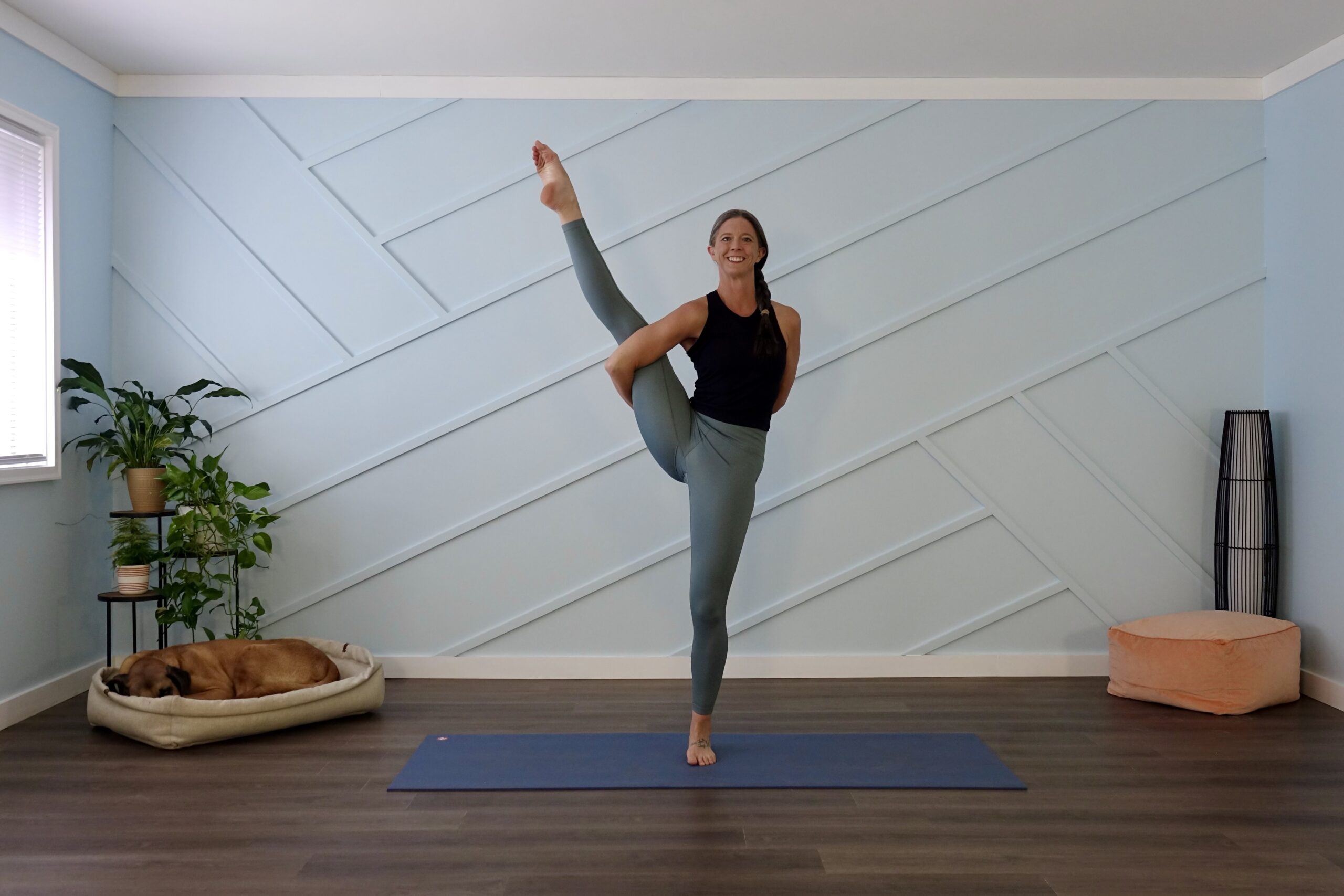The Eight Limbs of Yoga, also called the Eightfold Path or the Ashtanga Yoga System, are one of the fundamental frameworks of yoga outlined in the Yoga Sutras of Patanjali. These eight disciplines serve as guidelines for living a meaningful and purposeful life and guide ethical standards and interactions with the world. For Christians curious about yoga, understanding these eight limbs can provide insight into the practice of yoga and how it may or may not intersect with Christianity.
The Eight Limbs of Yoga
1. Yama: Ethical Discipline
The first limb, Yama, focuses on ethical standards and moral conduct. It consists of five principles that guide our interactions with others:
Ahimsa (Non-violence): Cultivating compassion and avoiding harm to others and ourselves
Satya (Truthfulness): Embracing honesty in thoughts, words, and actions
Asteya (Non-stealing): Respecting others’ property and avoiding greed
Brahmacharya (Celibacy/Moderation): Practicing self-control and moderation in all aspects of life
Aparigraha (Non-possessiveness): Letting go of materialism and embracing simplicity
2. Niyama: Personal Observances
Niyama refers to personal habits and disciplines that promote self-care and inner growth. It includes:
Saucha (Cleanliness): Maintaining cleanliness of the body and mind
Santosha (Contentment): Cultivating an attitude of gratitude, acceptance, and contentment with life
Tapas (Discipline): Building self-discipline and dedication through regular practice
Svadhyaya (Self-study): Engaging in self-reflection and studying spiritual texts
Ishvara Pranidhana (Surrender to a Higher Power): Trusting and surrendering to the divine or universal consciousness
3. Asana: Physical Postures
Asanas are the physical postures practiced in yoga, designed to enhance flexibility, strength, and balance. When most people think of yoga, asanas come to mind. These postures prepare the body for meditation by promoting physical health and reducing restlessness. The practice of asanas also helps to calm the mind and focus on the present moment.
4. Pranayama: Breath Control
Pranayama involves techniques to control and regulate the breath, which is believed to be the life force or prana. Practicing pranayama can enhance our lung capacity, improve mental clarity, and achieve a deeper state of relaxation. Popular pranayama techniques include:
Ujjayi (Victorious Breath): A slow, deep breathing technique that creates heat in the body
Kapalabhati (Skull Shining Breath): A vigorous breathing exercise that energizes the body and awakens the mind
Nadi Shodhana (Alternate Nostril Breathing): A slow breathing technique that calms the nervous system and focuses on bringing balance to the body and mind
5. Pratyahara: Withdrawal of the Senses
Pratyahara is the practice of turning inward and withdrawing attention from external distractions. This limb helps us control our senses and focus the mind. Practicing pratyahara teaches us to observe our thoughts and emotions without becoming attached to them, which is essential for deep meditation.
6. Dharana: Concentration
Dharana involves focused concentration on a single point or object. This practice trains the mind to maintain attention without distraction, laying the foundation for deeper meditation. Techniques for Dharana include focusing on the breath, a mantra, or a visual object like a candle flame.
7. Dhyana: Meditation
Dhyana is the uninterrupted flow of concentration, where the mind becomes fully absorbed in the object of focus. This state of meditation leads to a profound sense of inner peace and clarity. Unlike dharana, which involves effort, dhyana is characterized by effortless awareness and a deep understanding of connection with the present moment.
8. Samadhi: Enlightenment
The final limb, Samadhi, represents the ultimate goal of yoga: a state of complete absorption and union with the divine or universal consciousness. In this state, the practitioner experiences profound inner joy, peace, and liberation from the ego. Samadhi is often described as a blissful awareness where the boundaries between self and the universe dissolve.
For more information about the Yoga Sutras, read this blog Ancient Wisdom: Modern Faith
The 8 Limbs and the 10 Commandments
Some people equate the 8 Limbs of Yoga to the 10 Commandments. The theory is that both provide instructions for spiritual and moral living. We find similarities in values taught, such as love, honesty, integrity, moderation, gratitude, caring for our body, and meditation.
But, in my opinion, this comparison doesn’t add up. While they share some similarities in morality and instructions for social interactions, they are distinct in their origin, purpose, intent, and emphasis.
Key Differences:
- The 8 Limbs are attributed to the sage Patanjali, but its exact authorship is unknown.
- Yahweh is the author of the Ten Commandments (or, literally, the Ten Words), which were given to Moses to share with the Israelites.
- The 8 Limbs provide a comprehensive guide to spiritual growth, but that growth is not tied to a specific deity or religion. The limbs are a progressive series of practices and disciplines that build on each other to reach the final stage of enlightenment.
- The 10 Commandments are divine laws that guide spiritual devotion, moral behavior, social justice, and righteous living. Their purpose is to maintain a covenantal relationship with God and guide a successful, holy life.
- The 8-Limb Path of Yoga emphasizes a holistic approach to spiritual growth through ethical behavior, personal discipline, physical practice, breath control, sensory withdrawal, concentration, and meditation, ultimately achieving a state of spiritual enlightenment.
- The Ten Commandments are a set of moral laws that focus on the relationship between individuals and God and between individuals and their communities. They outline clear ethical behavior and religious observance directives.
- The 8 Limbs are practiced individually, focusing on personal development and self-realization. Although parts of it can be incorporated into communal settings, the focus is on the individual. The first two limbs pertain to controlling your will, the second two limbs explore managing your body, and the last three are about mastering your mind.
- The Ten Commandments are presented as a communal covenant between God and the Israelites, and later by Christians. Although they direct each person’s actions individually, they emphasize collective adherence to God’s laws to maintain social order and proper worship. The first four commandments focus on our relationship with God, and the remaining six focus on our relationship with others.
- The ultimate goal of the Ashtanga Yoga System is to achieve enlightenment and union with the divine. The path is designed to be used by anyone regardless of religion, although not all aspects will align with all worldviews. Following them is a means to earn something (enlightenment).
- The ultimate goal of the 10 Commandments is to honor God in how we worship and live. They set us apart from the world. Following them doesn’t give us our salvation; in fact, many of us will break several of the commands over our lifetime. We obey these commandments out of love for our Heavenly Father, not to earn something. (John 14:15)
This is not a comprehensive list, but I’ll end here before this turns into a research paper. 🙂
The Takeaway
The Eight Limbs of Yoga offer a comprehensive guide for personal growth and spiritual development. As Christians, we can use some of these guidelines to help us honor God. For instance, practicing asana and breathwork often helps to calm our body and mind. This, in turn, enables us to focus more during scripture meditation and prayer.
On a personal note, practicing yoga has helped me understand and embody the praise in Psalms 139:14-16. I have become more aware of the intricacies of my body, and I have been left in awe of God’s craftsmanship. It has also instilled a desire to honor God with my body (1 Corinthians 6:12-20) in a way that I did not fully understand before I took up this practice.
As Christians, the Eightfold Path can be a helpful tool, but it should never hold the same authority over life and actions as the Bible. The path can help us to gain some clarity on our actions and develop discipline and self-control, but it doesn’t reflect our intent to honor God with our hearts, minds, and bodies. For that, we must consistently turn to scripture to teach us how to live in a meaningful and God-honoring way.
Tonya is a 500hr RYT based in Coastal Mississippi. She loves that she gets to share the joy and healing that yoga brought to her life. In addition to teaching yoga, she flips houses with her husband. Tonya is a travel enthusiast who loves the outdoors and adventure. You'll find her at the local beach, volunteering at the animal shelter, and playing with her forever and foster dogs.





0 Comments